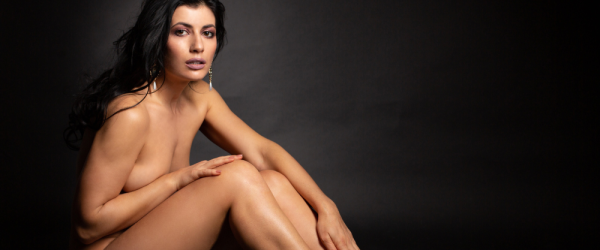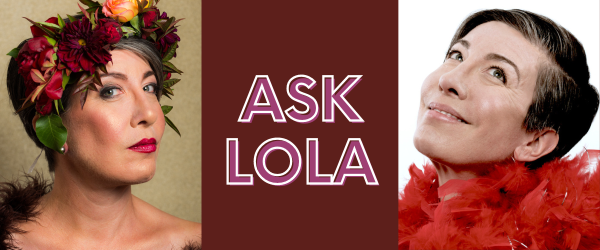Are you anxious before you go on cam? We don’t mean a few jitters or some nervous energy. That’s perfectly normal. We’re talking about intense feelings of fear and dread before each cam session or in other situations — entering crowded rooms, on airplanes, in elevators, attending social events.
To be clear, if you are in a situation where you’re supposed to feel fear, that’s not anxiety. That’s an emotional reaction to a threat, and that’s not what we’re referring to. Instead, are you constantly overwhelmed and worried about everything, or about situations that you should or once were able to manage? Are the feelings constant and so intense that you can’t function properly? That is anxiety: fear where it should not exist.
What is anxiety?
Anxiety disorders fall under several categories:
Post-traumatic stress disorder results from witnessing or being involved in a traumatic event with threat of death or physical injury causing intense fear, helplessness and horror.
Obsessive-compulsive disorder is characterized by recurrent, persistent behavior — for example, hand-washing, counting or repeating words.
General anxiety creates a free-floating sense of dread and fear.
Panic creates periods of intense fear and feelings of doom, accompanied by heart palpitations, sweating, shaking, chest pain, dizziness and nausea.
Phobia is triggered by specific stimuli, such as spiders, and a fear of encountering those stimuli even when they are not present. Social phobia involves specific situations such as public speaking or facing crowds.
Some people experience two or more disorders, and anxiety commonly presents with major depression.
What can I do?
Anxiety can be debilitating, and it is more common than you might expect: At least 15 to 20 percent of the population experiences anxiety of some type at some time. It is a vicious cycle of being afraid of something and avoiding the stimuli, which in turn become more threatening until the anxious person loses control. We can all relate to fear, because we all experience fear. However, those who have never experienced true anxiety can’t relate to its intensity and the loss of control.
Treating anxiety disorders usually requires a protocol of therapy and/or prescription drugs, but the choice of medications differs. Sometimes antidepressants are prescribed. Other options include benzodiazepines such as Xanax, Ativan, Klonopin or Valium, all of which give immediate relief. However, they must be used with caution, because they can cause psychological and physiological dependence. There is also a risk of developing a tolerance to the dosage, which means you need more in order for the medication to have the same effect. Benzodiazepines have to be used very carefully, under a physician’s supervision, because the risk for addiction is real, and stopping them abruptly can cause withdrawal symptoms.
Unfortunately, anxiety is often overlooked, either because of the stigma attached to therapy and/or medication, or because we dismiss it as something we can manage, something we can “just get over” or talk ourselves out of. That may be true for a simple case of nerves, but clinical anxiety is a different and serious condition.
How do you know when it’s time for professional help? First, pay close attention to the severity of your symptoms. Be honest with yourself: Are they interfering with your life? Are you distressed? How persistent is the anxiety? How long has it been going on? If it’s been a month or more and your symptoms are not getting better, it’s time for intervention and assessment. Call your doctor or a mental health professional and schedule an appointment.
For more information about anxiety and anxiety disorders, including signs and symptoms, plus links to resources, visit he National Institute of Mental Health’s website.
—
Jenna Andre is a total gearhead who also appreciates the simpler things in life. Email her at Jenna.Andre@ynotcam.com.










